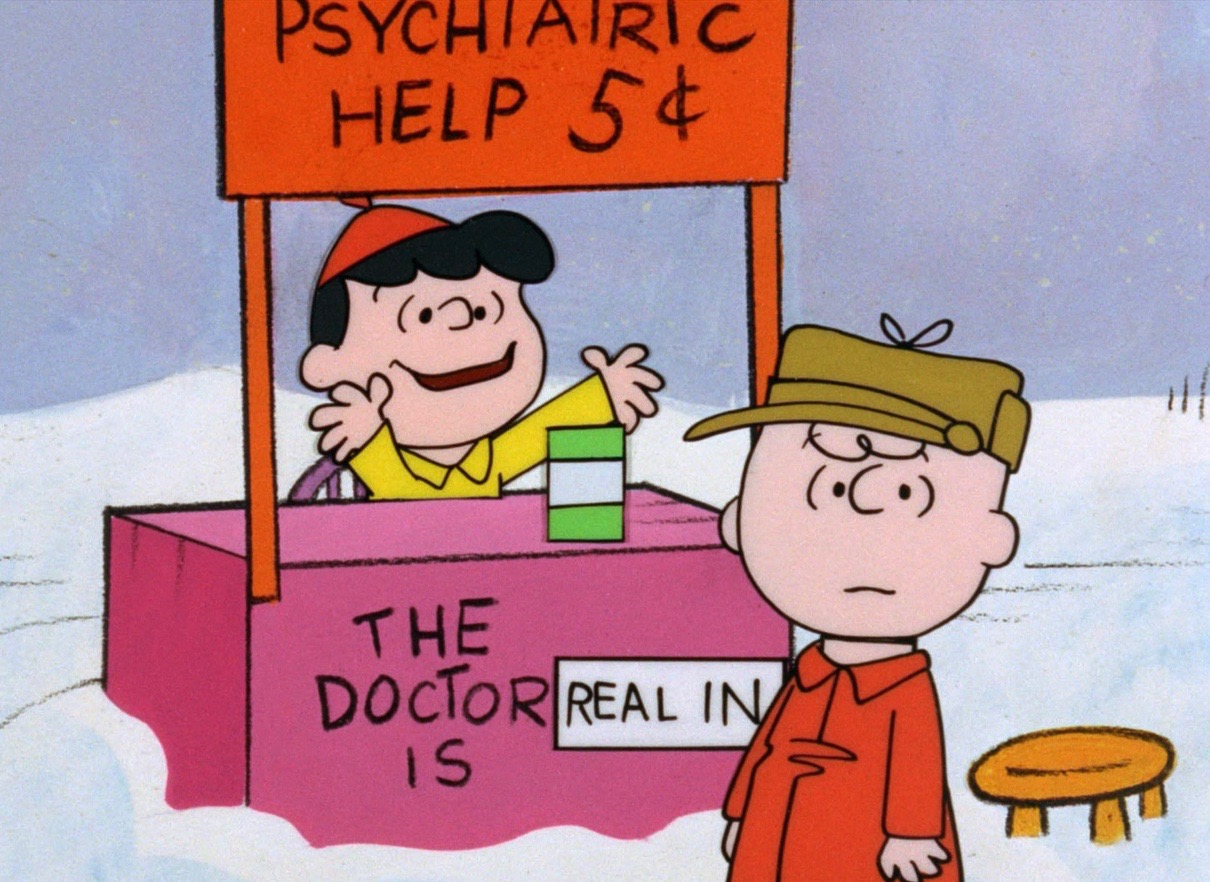Every year as Christmas approaches, I show my freshman classes "A Charlie Brown Christmas". I suspect that without exaggerating I have seen the special over a hundred times. In spite of that, the TV special hasn't gotten old for me yet. (Probably because of the music.)
In recent years, I have started paying less attention to the story and more to details, such as the quality of the animation (e.g. how backgrounds are recycled, the way movement, like walking and running, is conveyed). Considering that “A Charlie Brown Christmas” was produced in 1965--it's older than me!--when animation was hand drawn, it's not surprising that by today's high standards, it can have a somewhat amateur and hurried feel.
Anyways, this morning when I was watching it for the nth time, I got to wondering about the value of 5¢ in 1965 and learned, thanks to Dave Manuel's Inflation Calculator, that a nickel then is worth about $0.38 today. Much less than I expected.
In case you were wondering what you could buy for one dollar in the 1960s, go here.
Gallon of milk: 95 cents
One regular size bottle of Heinz ketchup: 22 cents
One dozen eggs: 53 cents
One-ounce Hershey bar: 5 cents (Although the price remained the same, the size of the bar shrunk to 7/8 ounce in 1966 and 3/4 oz in 1968.)
Pillsbury cake mix: 25 cents
Pound of pork chops: $1.03
Pound of sirloin steak: 85 cents
Six-pack of Pepsi: 59 cents
Package of ten Gillette razor blades: 99 cents
Can of shaving cream: 59 cents
Tube of toothpaste: 55 cents
Can of hair spray: 47 cents
Revlon lipstick: $1.25
Revlon nail enamel: 75 cents for crème and 90 cents for frosted
Generic cold relief capsules: 60 cents for two packages of 12
Cough drops: 23 cents for three packages
Cough syrup: 59 cents for a bottle
Contact decongestant tablets: 77 cents for a package of ten

